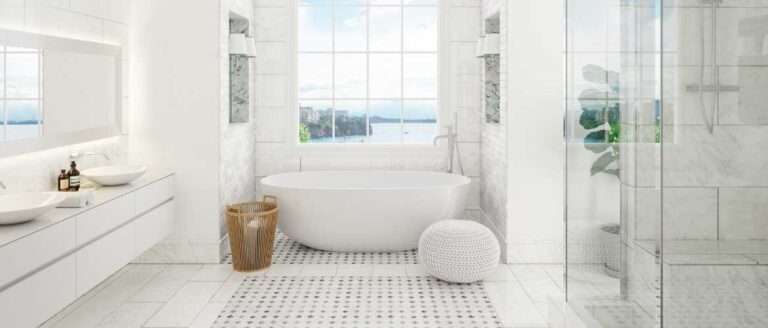Introduction
Colors are a powerful tool that can affect our emotions and perceptions. The same holds true for homes. The colors you choose for your home’s interior and exterior can either attract or repel potential buyers, so it’s important to understand the impact of your color choices.
Interior Colors
Neutral tones, such as beige, white, or gray, can create a clean and spacious feel in your home, which can appeal to a wide range of buyers. These colors are also easy to accessorize and decorate, which can help make a home feel more personal and appealing.
Bold Hues While bold hues can make a statement and create a unique personality in a room, they can also turn off potential buyers. Bright or intense colors can be too overpowering, making a room feel smaller or overwhelming.
Accent Colors when used judiciously, can enhance the overall design and appeal of a room. However, using too many accent colors can create a chaotic and busy look, which can be a turn-off for potential buyers.
Exterior Colors
Match the neighborhood style – Choose colors that complement the prevailing style in your neighborhood. This will help your home blend in and maintain a cohesive look.
Stand out with a contrasting color on the exterior of your home can create a unique and striking look, but they can also be off-putting for some buyers. Using too many bold hues or pairing them with the wrong accents can make your home look outdated or unappealing.
Accent Colors on the exterior of your home can add interest and personality, but they should be used sparingly. Too many accent colors can make your home look too busy and unbalanced.
Conclusion
Color choices play a crucial role in determining the selling potential of your home. When selecting colors, it’s important to consider the impact they have on the overall feel and appeal of your home. Opt for neutral tones for a classic and timeless look, use accent colors judiciously for added interest, and be careful with bold hues to avoid turning off potential buyers.




